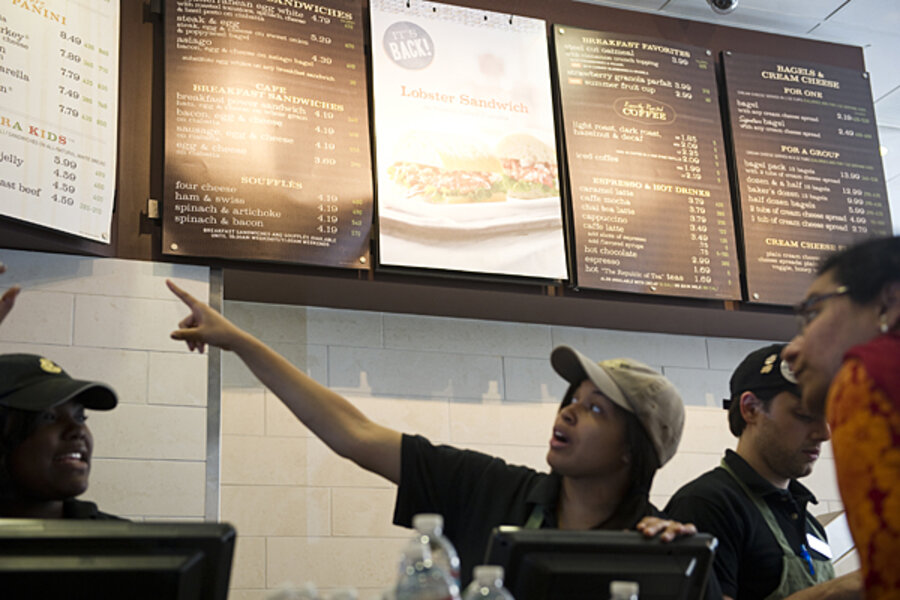Save money with customer reward programs
Loading...
There are a lot of businesses that offer free customer loyalty programs of various kinds. Airlines, hotels, specialty goods stores, drugstores, many grocery stores, gas stations, and many other businesses have found that customer reward programs that save their loyal customers a bit of money can end up making a great deal of money for that business.
Whenever I’m at a business that offers a free loyalty program, I sign up. I figure that if I do manage to visit that business enough times to earn that reward, it’s going to give me something essentially for free.
One great example of this type of program is the MyPanera customer reward program run through Panera Bread. If you dine there, as I do every once in a great while, the program costs you nothing and seems to just occasionally give you something for free. I earned a free bagel on one visit (which I took home with me) and a free beverage on another visit, both of which were basically surprises when I used my MyPanera card at the checkout.
The CVS ExtraCare program is another example. You earn “ExtraBucks” whenever you make purchases at CVS (which essentially function as store credit) and are sometimes eligible for additional sales, too. Other drugstores offer similar programs.
I’m in the frequent flyer program for several airlines and in the customer reward program for several hotels, too. In both cases, there’s no additional cost, but I’m gradually building toward free domestic flights and free nights in hotel rooms.
None of these programs cost a thing.
Thanks to Chuck Coker for the photo
There are a few caveats that really make a difference, though.
First, don’t let a reward program impact how or where you shop. Look at them solely as an additional perk on top of the low price you’re already getting. In other words, keep shopping around for the best rates on hotel rooms, flights, and so on.
Second, use a special email address when signing up. I have a Gmail account that I only use for signing up for customer reward programs. I check it every once in a while to look for any great offers, but most of the time I just ignore that account.
Why use a separate account? Doing so makes sure that I don’t get the emails from that company in my main email. I generally don’t want dozens of emails from retailers clogging up my main email address.
Finally, keep your wallet from exploding. If you have a ton of cards like I do, keeping them all in your wallet means having a wallet on the verge of exploding.
Thankfully, there’s a pretty smart and simple way to solve the problem. I use Just One Club Card to put eight customer loyalty cards on a single card. It’s pretty easy – it just takes a few minutes and a home printer to make one. This lets you carry 32 customer loyalty programs on just four cards in your wallet.
Customer rewards programs often translate into pure savings if you’re careful with the programs. With a bit of forethought, they don’t have to generate a bunch of annoying emails for you, either. I find them well worth it, and often use them to save money.
This post is part of a yearlong series called “365 Ways to Live Cheap (Revisited),” in which I’m revisiting the entries from my book “365 Ways to Live Cheap,” which is available at Amazon and at bookstores everywhere.






